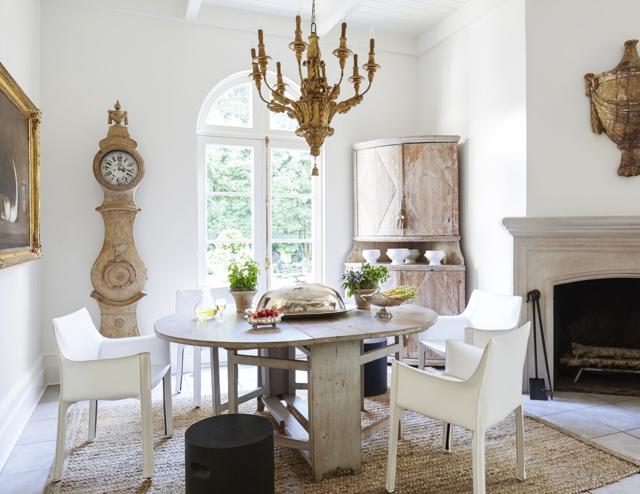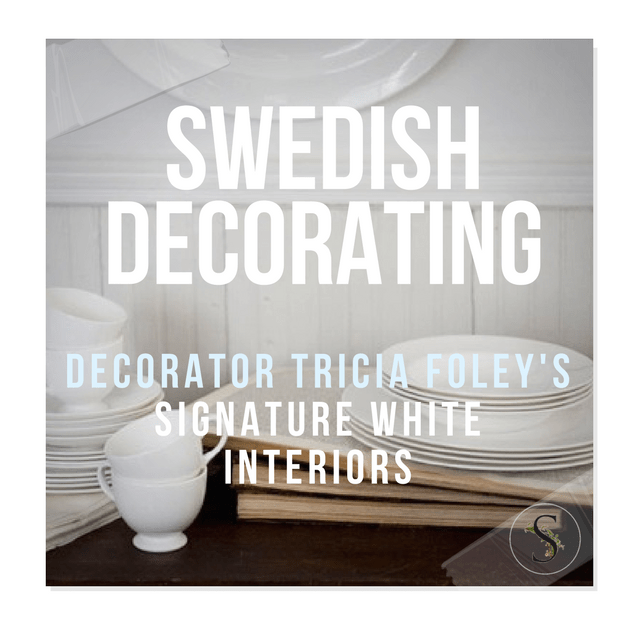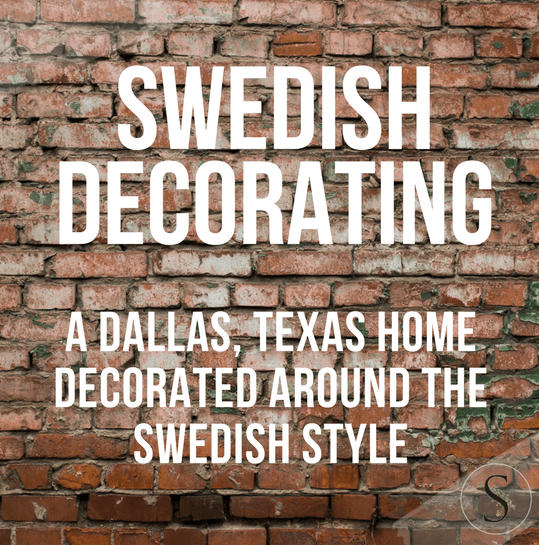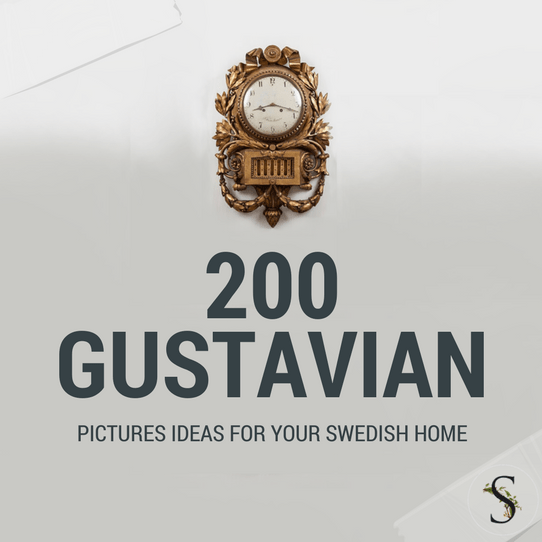“After about seven years, I could buy a really nice piece of furniture once a year,” she says. “I was reading Architectural Digest, World of Interiors and every shelter magazine and design book I could get my hands on. I was just enthralled with design. The spectrum of collecting was appealing to me.” She […]



